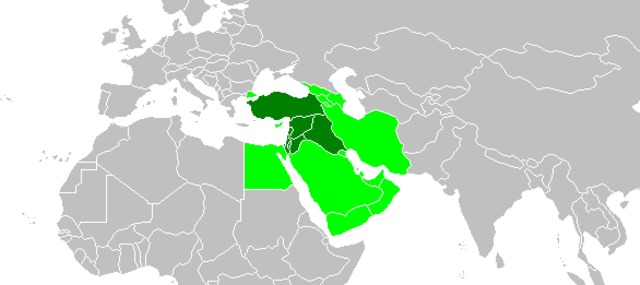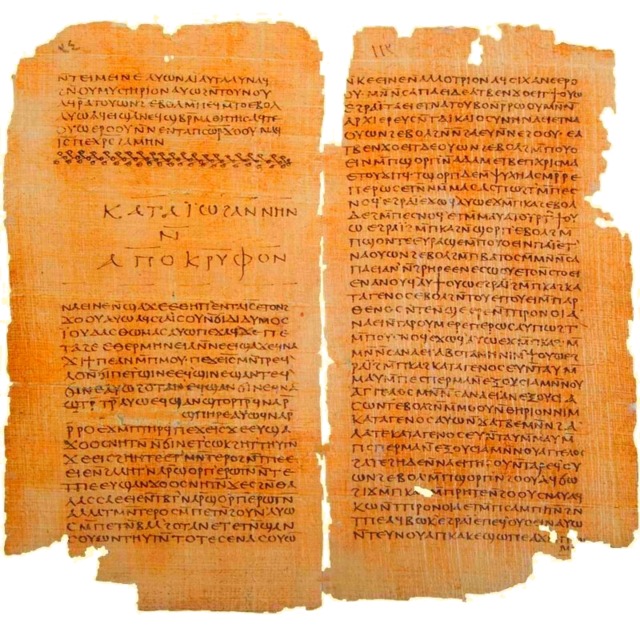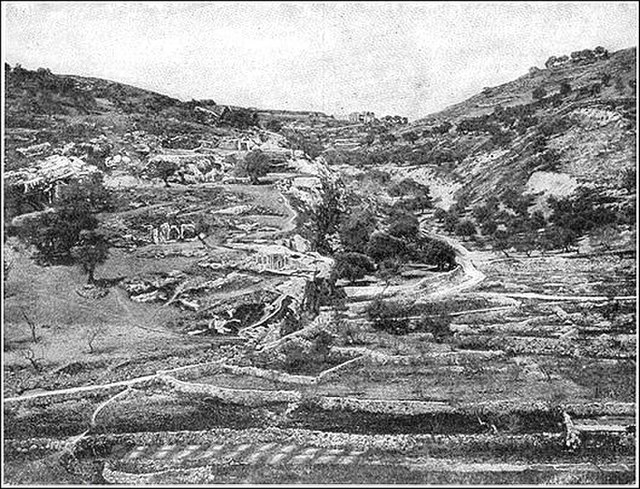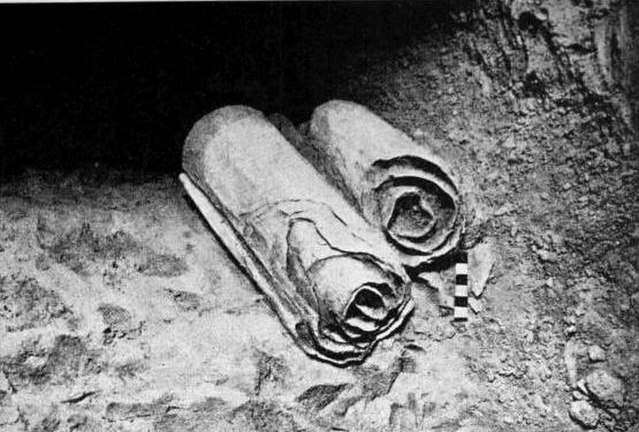Introduction
Unraveling the intricate web of biblical prophecy requires careful consideration of the historical and cultural contexts in which these prophecies were written. Attempting to map modern nations onto these ancient texts often leads to speculative, and even erroneous, interpretations. Russia and China are common subjects of such interpretations, but is there any substantive textual basis to support their association with biblical prophecies? To answer this question, it’s crucial to understand the central geographic focus of biblical prophecy: the Near East.
Misguided Geographic Interpretations: Russia, China, and the Problem of Linguistic Similarities
Modern geographical presumptions can significantly skew interpretations of biblical prophecy. The prophecy in Revelation 16:12, which refers to “the kings from the East,” is sometimes speculated to represent China. However, the prophecy also mentions the Euphrates River, which clearly locates it in the Near East.
Similarly, the “large army” of Revelation 9:16 is often linked to China, due to its immense population. Yet, the prophecy states that this army arises from the Euphrates River, suggesting a more immediate Near East context rather than far-off lands like China or Russia.
Magog, Meshech, and Tubal: Misinterpretations and Correct Geographical Associations
Several theories that seek to connect Russia to biblical prophecy focus on the biblical figures of Magog, Meshech, and Tubal. According to these interpretations, “Magog” is connected to modern Russia, and “Meshech” and “Tubal” are linked to specific regions within modern Russia.
However, these interpretations rely on loose linguistic connections and lack robust historical or scholarly evidence. Most scholars agree that “Magog,” “Meshech,” and “Tubal” likely represent ancient peoples or regions located in what is now modern-day Turkey, rather than regions in Russia.
Similarities in sounds between languages, such as “Magog” and Moscow or “Meshech” and Moscow, are not reliable indicators of linguistic connection. The human mouth can only produce a finite number of sounds, which results in inevitable phonetic overlaps among the world’s languages. These overlaps should not be mistaken for etymological connections or assumed to validate speculative geographic associations.
Conclusion
The interpretation of biblical prophecy requires careful and thoughtful analysis, taking into account the historical, cultural, and geographic contexts of the Scriptures. The primary focus of these prophecies is the Near East, which reflects the reality of the world as understood by the biblical authors. Therefore, attempts to connect modern nations such as Russia and China directly to biblical prophecies are speculative at best and lack a solid textual foundation. As captivating as these theories may appear, it is crucial to approach prophecy with a discerning eye and a commitment to understanding the message within its intended context, rather than forcing links to contemporary nations.
Discussion Questions
- Why do many modern interpretations of biblical prophecy tend to focus on Russia and China? What factors contribute to these speculative connections, and how do they align or conflict with the original Near East context of the prophecies?
- How can understanding the historical, cultural, and geographic contexts of the Scriptures aid in the interpretation of prophecies like those involving Magog, Meshech, and Tubal?
- How do linguistic similarities among languages sometimes mislead interpretations of biblical prophecies? Can you think of other examples where sound similarities have been mistaken for etymological or geographic connections?
Want to Know More?
- Joel Richardson. “Mideast Beast: The Scriptural Case for an Islamic Antichrist.” This book offers an alternative viewpoint to traditional Western-centric interpretations of biblical prophecy, arguing for an Islamic Antichrist and a focus on the Middle East rather than nations like Russia and China.
- Brent J. Aucoin. “A History of Interpretation of Ezekiel 38–39.” In this article, Aucoin examines various interpretations of Ezekiel 38-39, focusing on how the identity of Gog and the locations of Meshech, Tubal, and Magog have been understood throughout history.
- Edward Lipiński. “Meshech, Tubal, and Company in the Table of Nations (Genesis 10).” Lipiński’s article delves into the historical and geographic origins of Meshech, Tubal, and related tribes in the Table of Nations, providing context for their reference in biblical prophecies.




